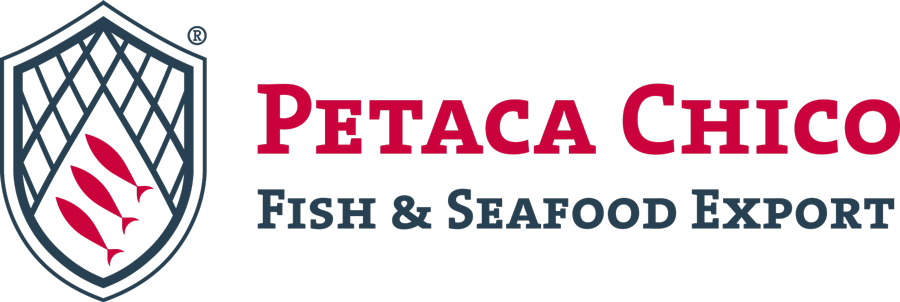| Valor nutricional | |
|---|---|
| Hidratos de carbono por diferencia | 2,84 g |
| Humedad | 77,42 g |
| Proteina bruta | 18,10 g |
| Grasa bruta | <1,00 g |
| Cenizas | 1,64 g |
| Energía | 84 Kcal |
| Energía | 350 Kj |
| Sodio | 0,25 % |
| Ac. grasos monoinsaturados | <0,01 % |
| Ac. grasos poliinsaturados | <0,01 % |
| Ac. grasos saturados | <0,02 % |
| Ac. grasos Omega3 | <0,02 g |
| Ac. alfa-Linoléico | % |
| Ac. Eicosatetraenoico | % |
| Ac. Clupanódico | % |
| Ac. grasos Omega6 | <0,02 g |
| Ac. Linoleico | % |
| Ac. gamma-Linolénico | % |
| Ac Dihomo-gamma-linolénic | % |
| Ac. Araquidónico | % |
| Valor por 100 g de producto | |

WHITE SEA BREAM
Nutritional Values
Full Information
White Sea Bream (Diplodus sargus sargus) from the esparidos family and very common in the Mediterranean Sea.
The synonym sparus sparus is not applicable and in some areas it is called ‘Chopa’ as it bears great resemblance to the authentic Chopa. It is a coastal fish living on rocky sea bed areas and rarely goes below 50m of depth. One of its main characteristics is its oval compressed body shape. It is silver grey, white in the gill and has between 8 and 12 vertical black stripes on its flanks as well as side areas and black markings on the peduncular area. It has an arched head, a small mouth with 8 incisors in each jaw (sometimes 10 in the upper jaw) behind which there are 2 rows of molars.
With respect to its nutritional value, it delivers a significant a count of selenium, which is important for the prevention of cardiovascular illnesses and also stimulates the immune system.
Fishing Methods
Nets, line fishing and drag line
Similar Species
Mojarra, pointed bream, bread bream and raspallon.








